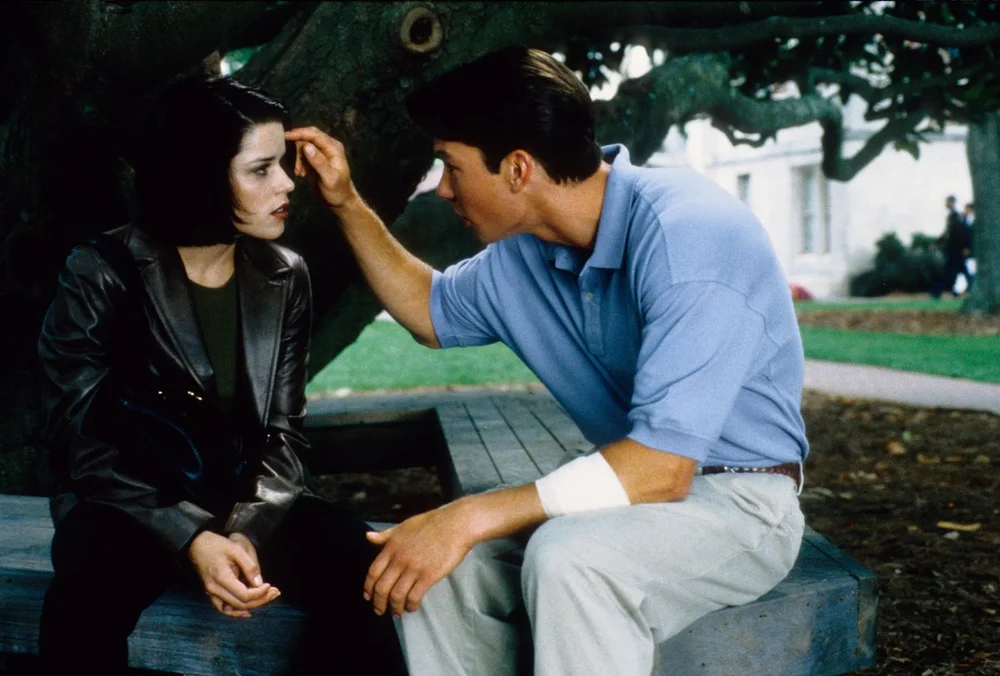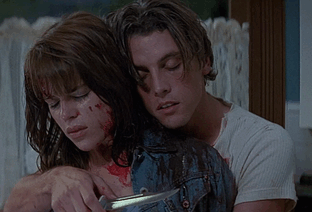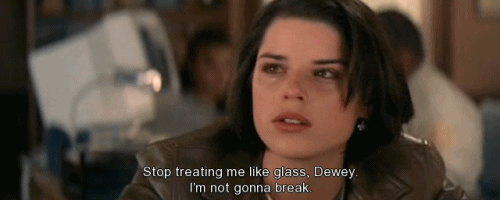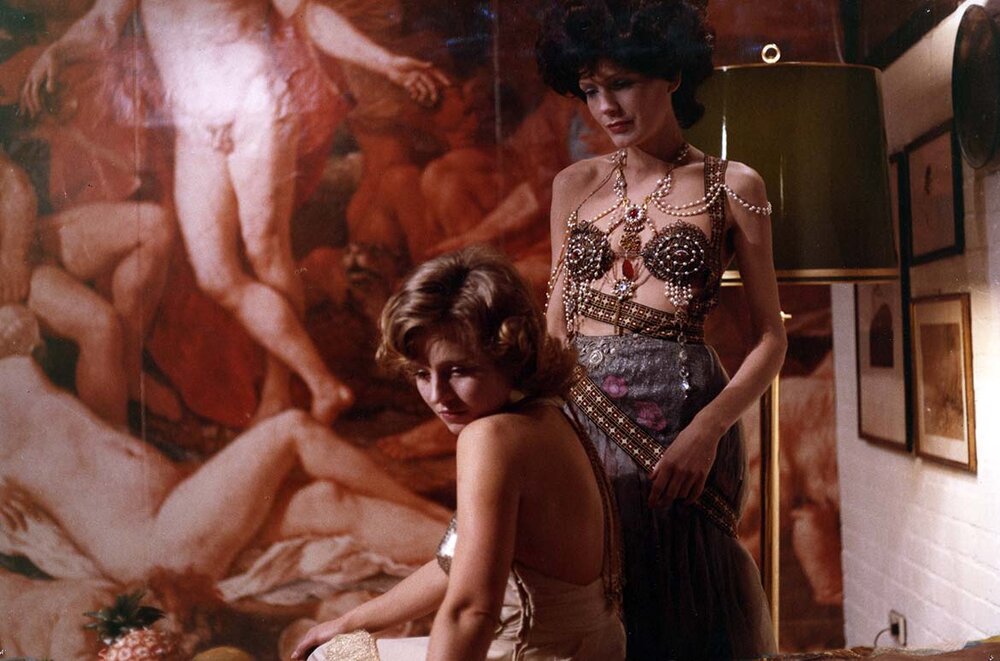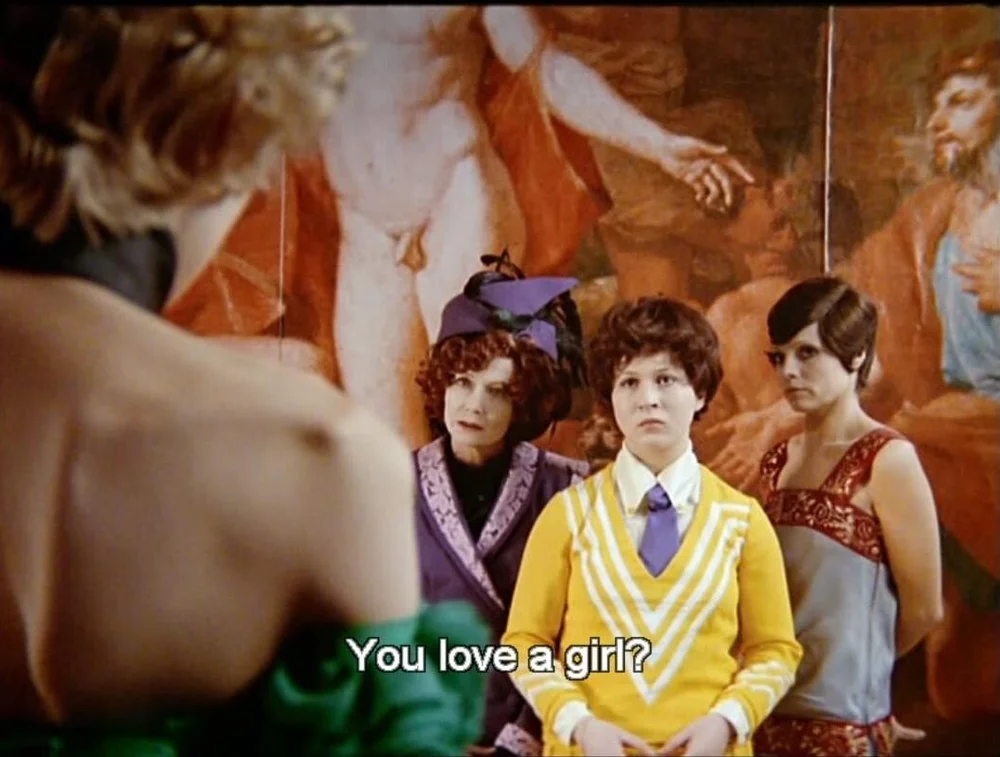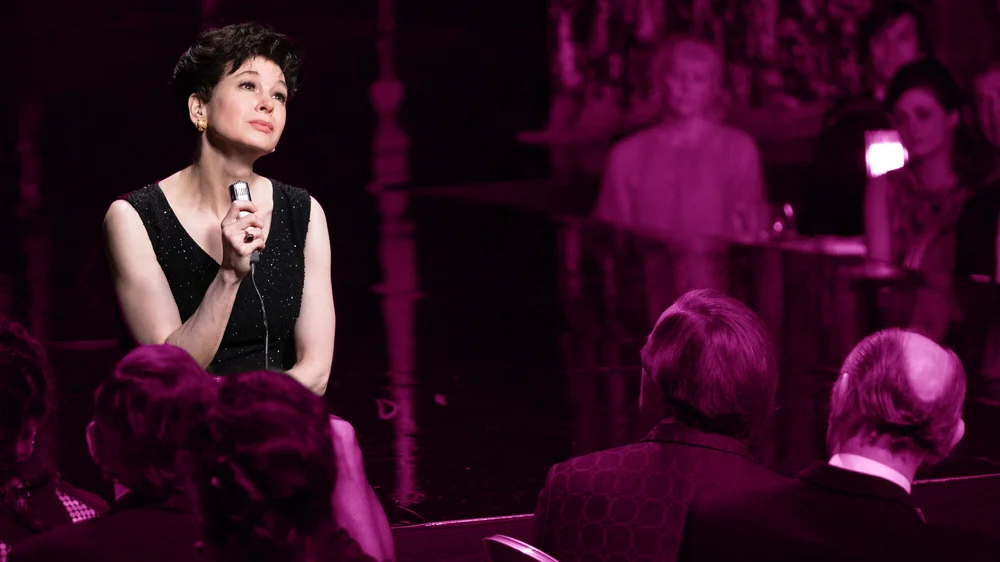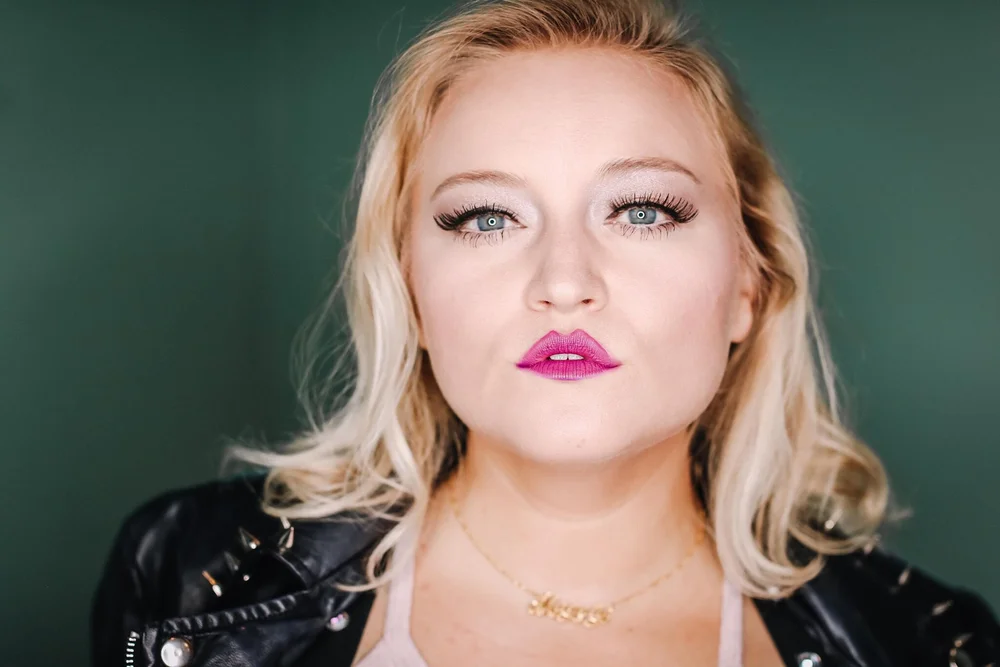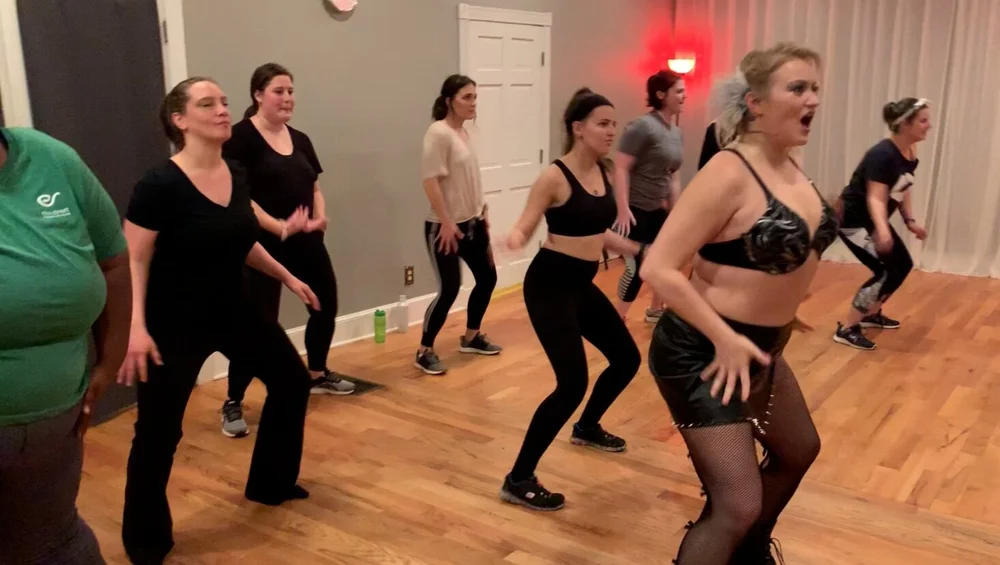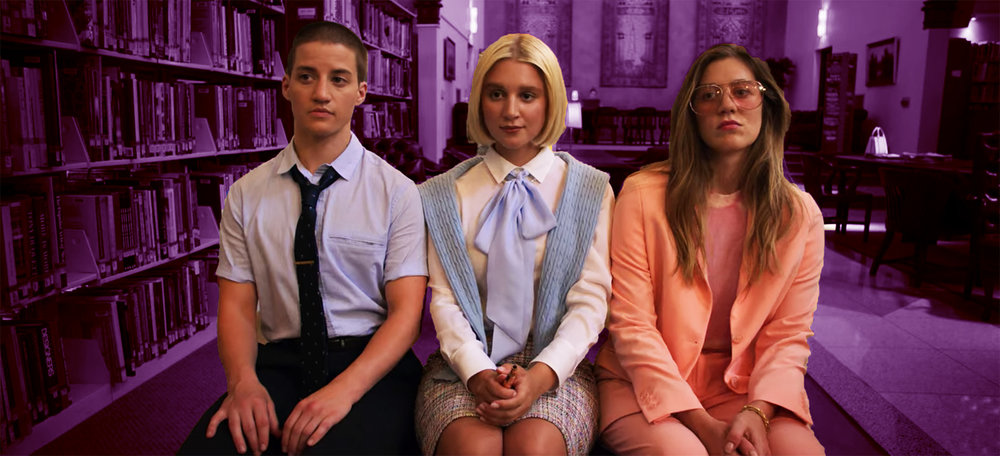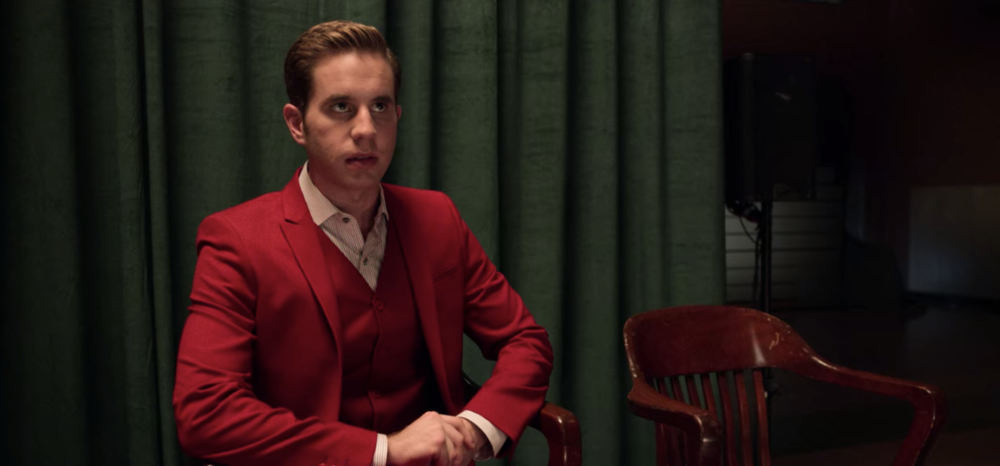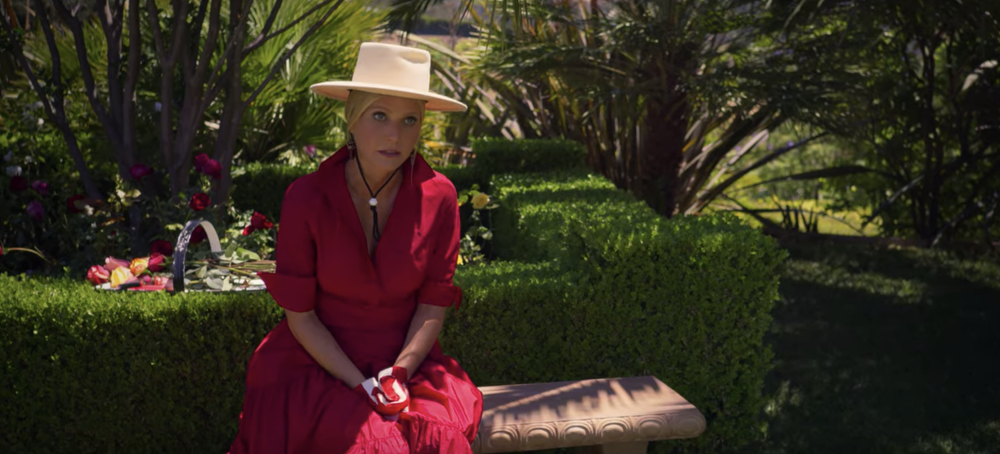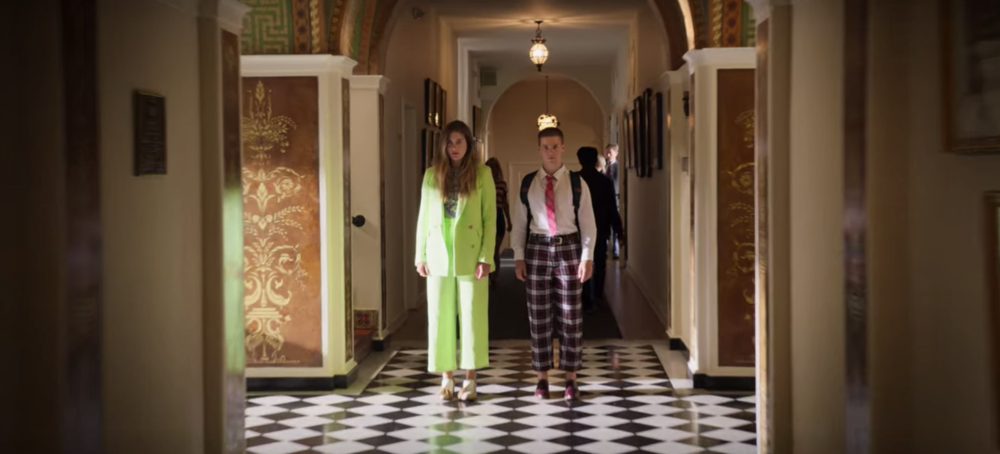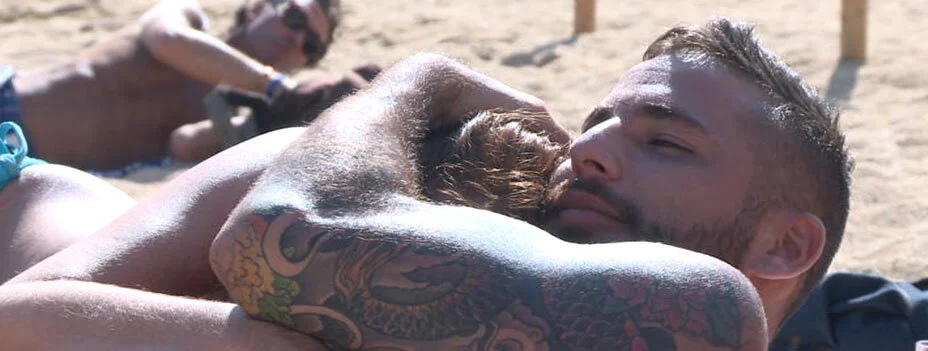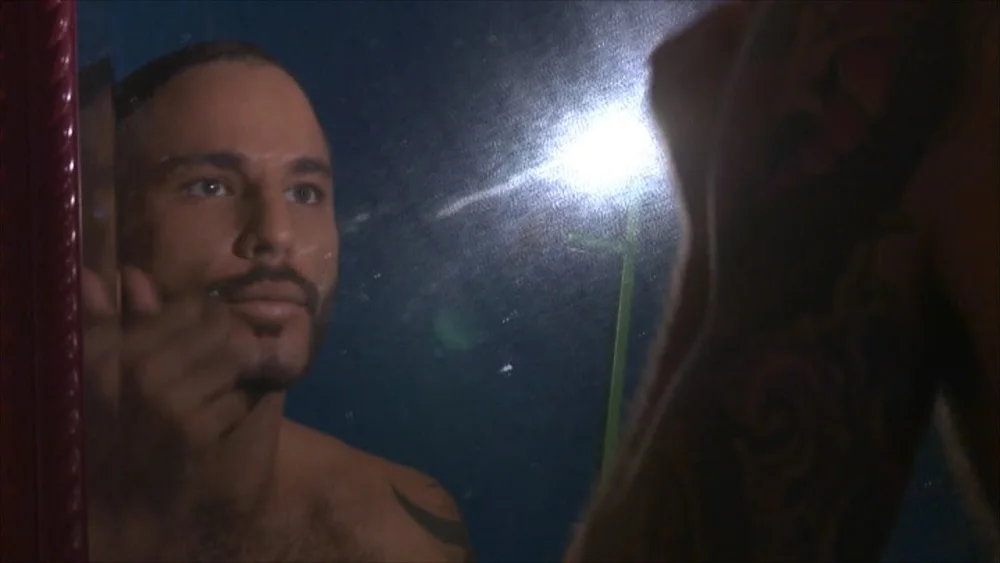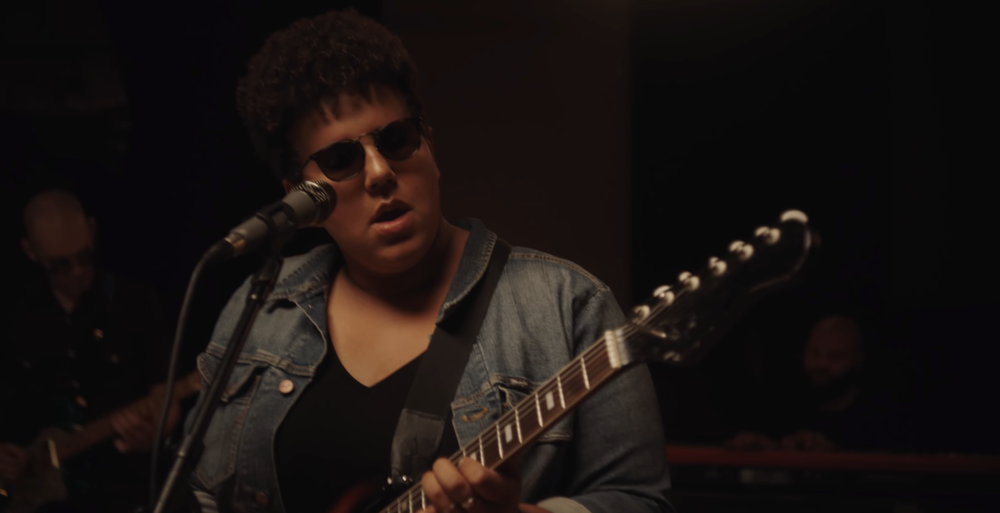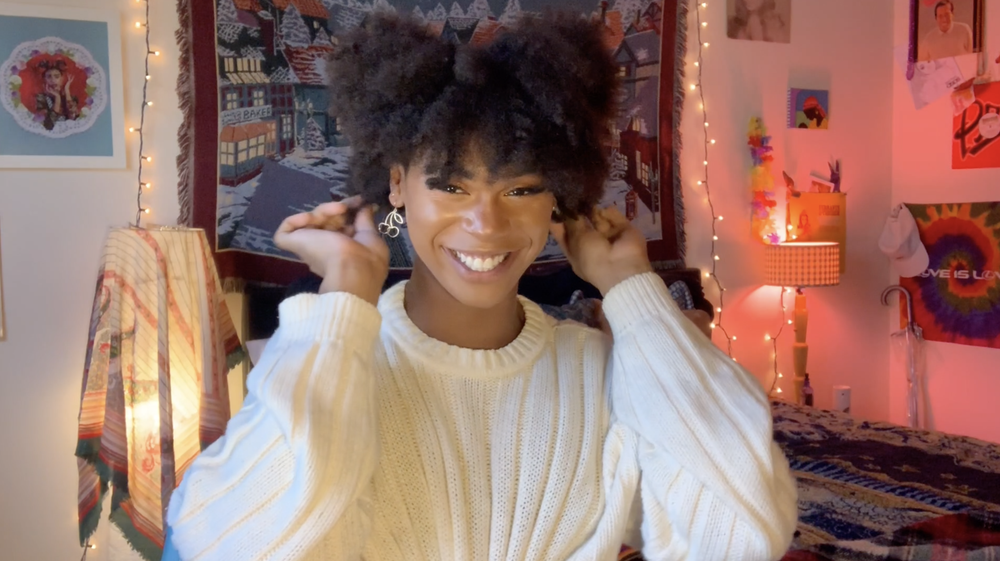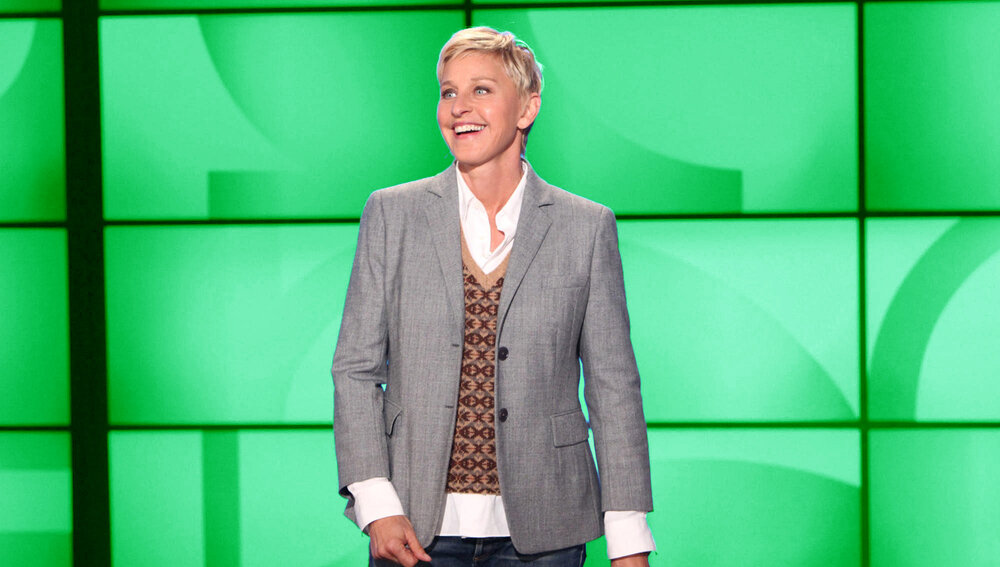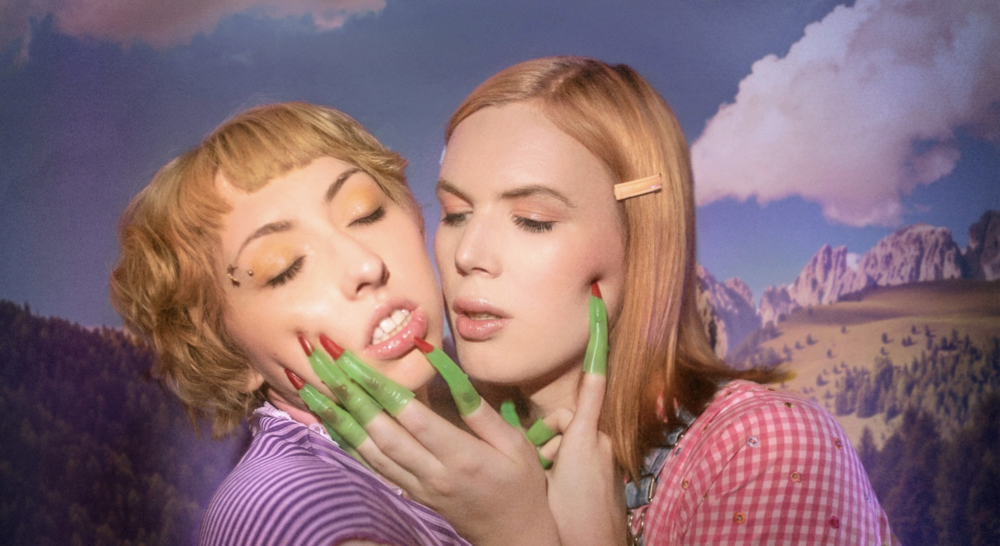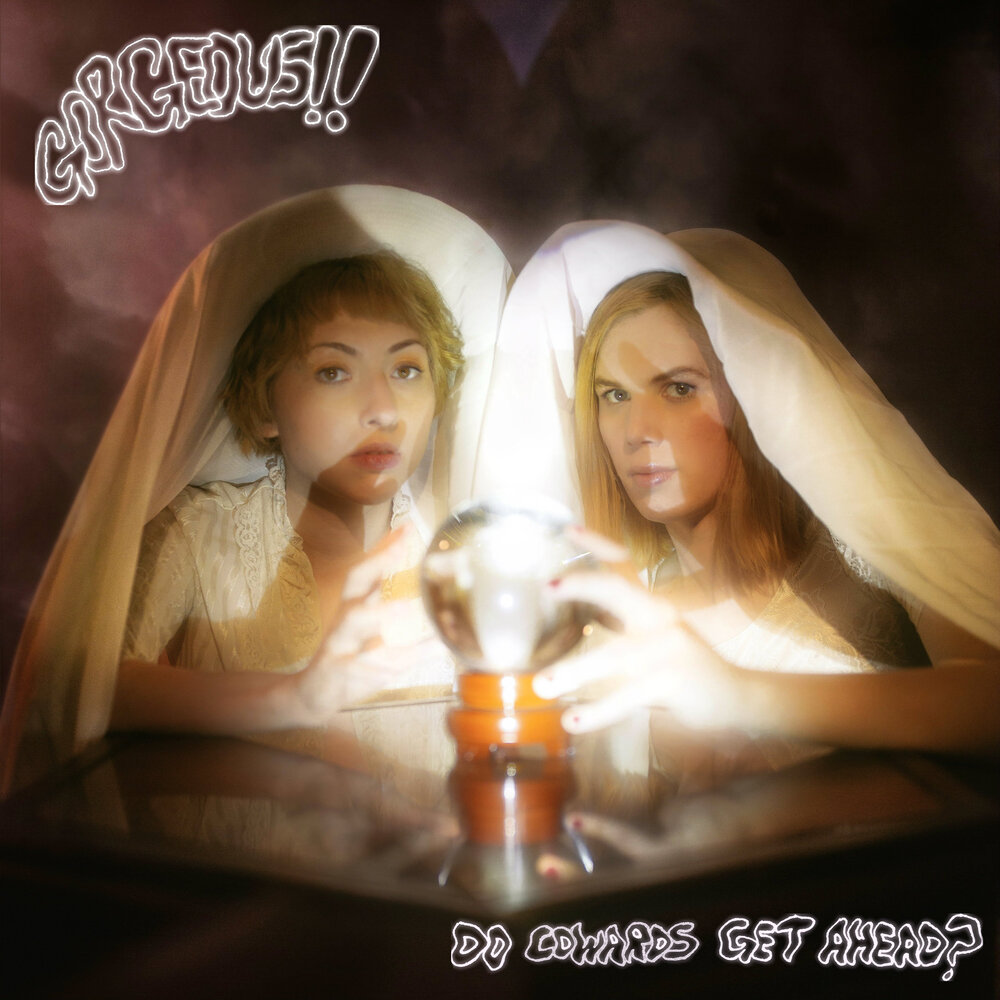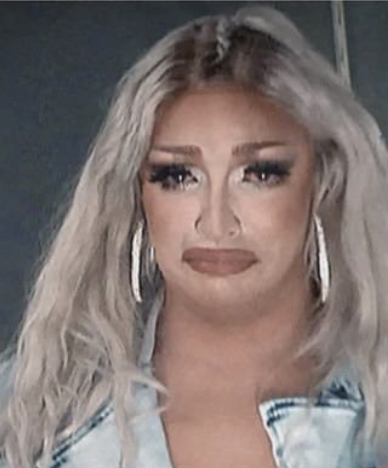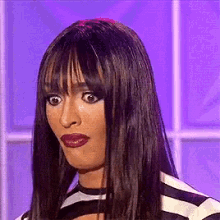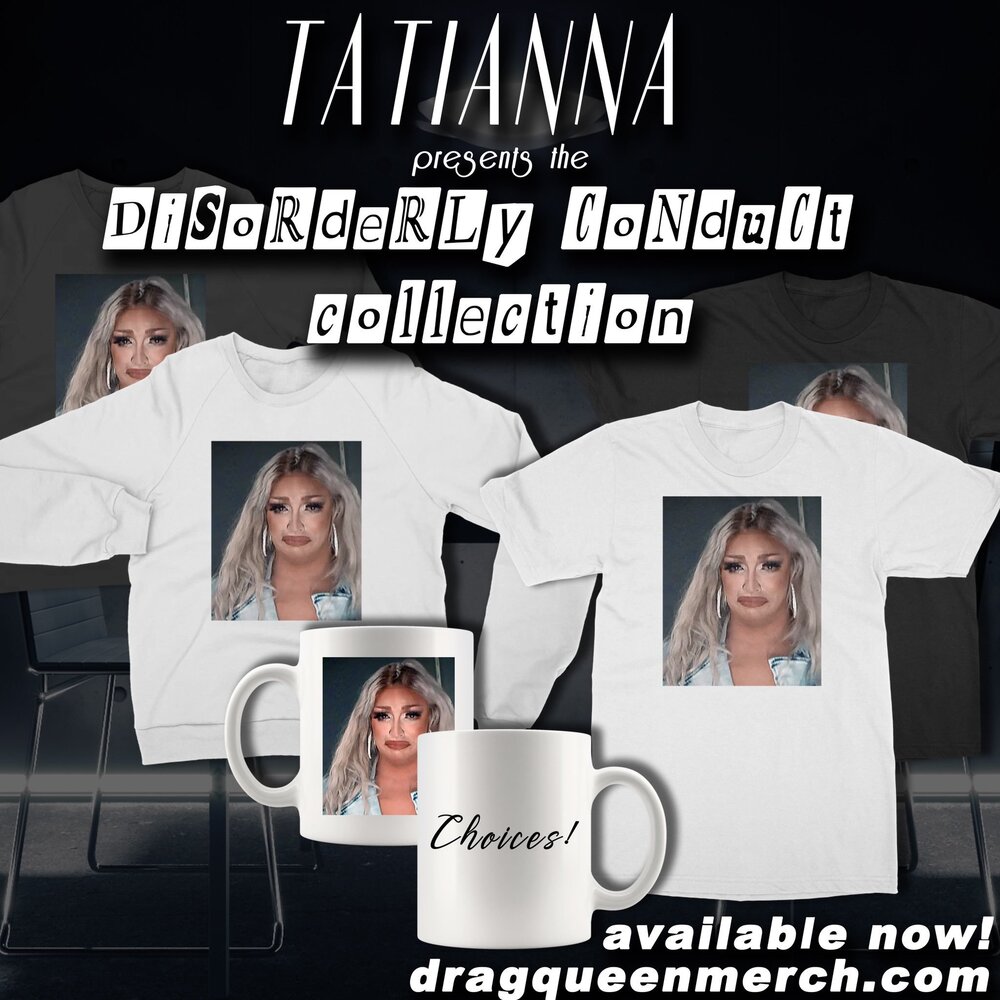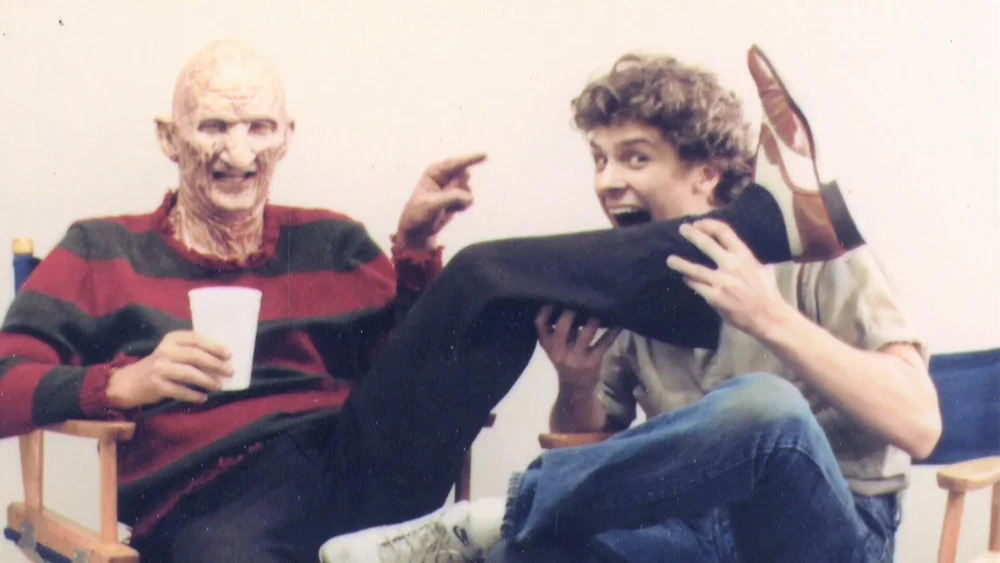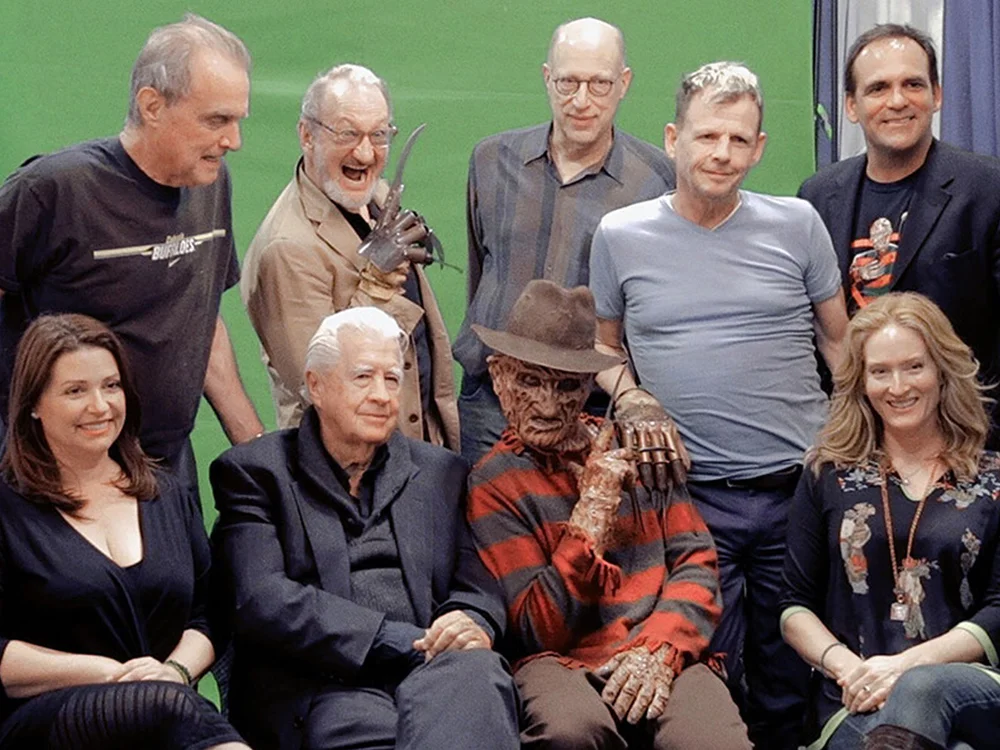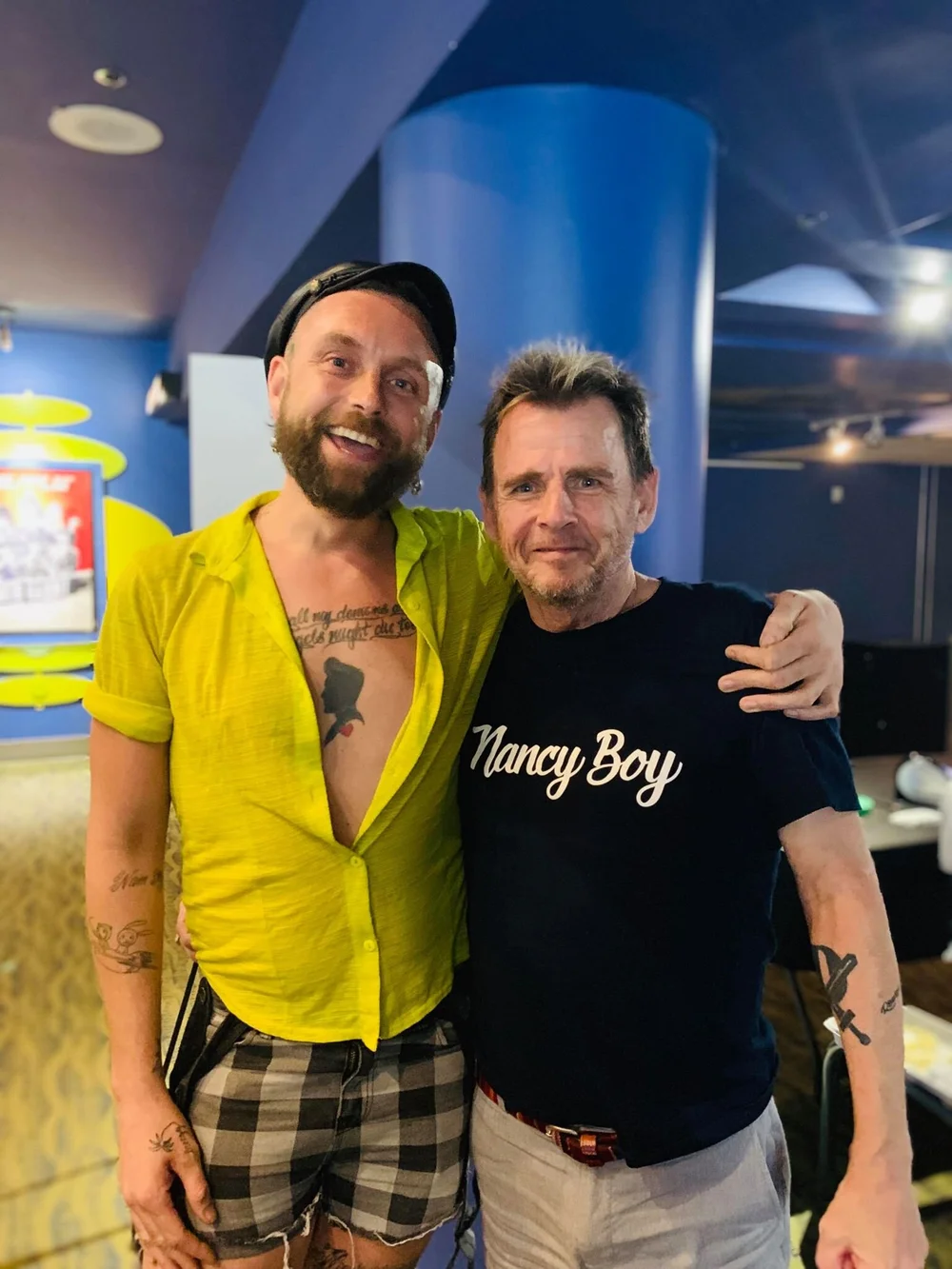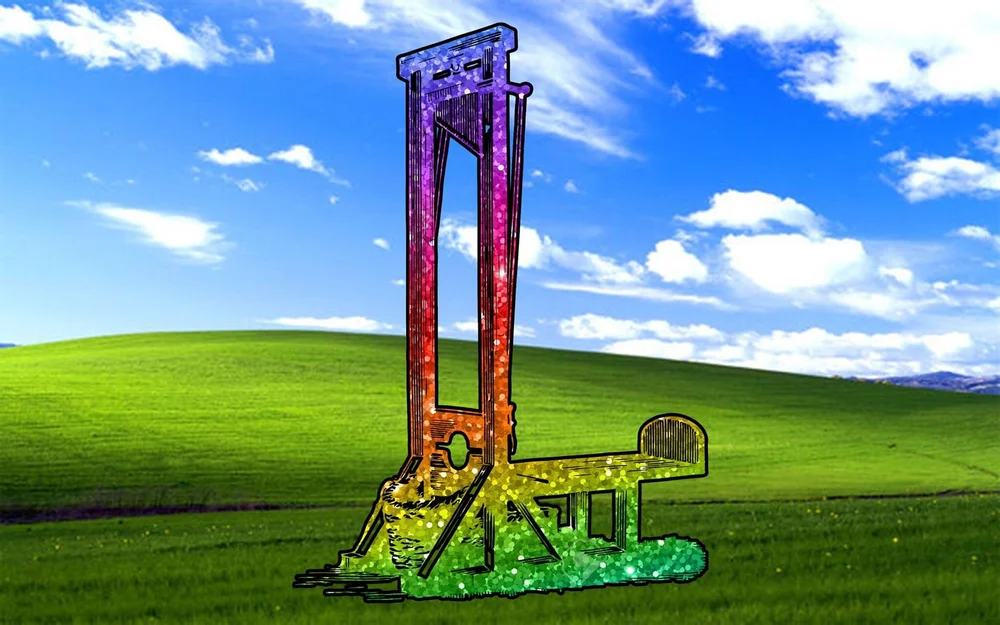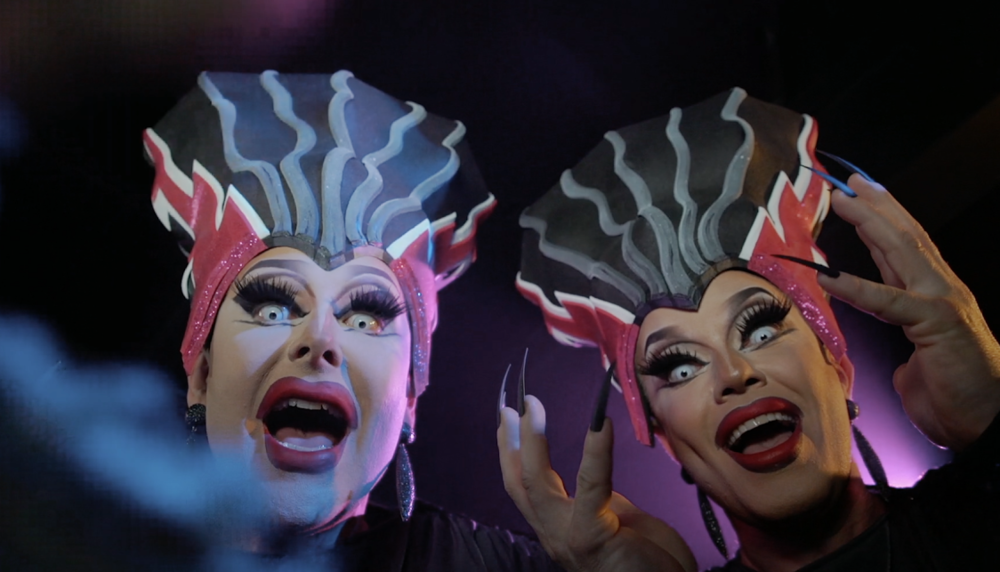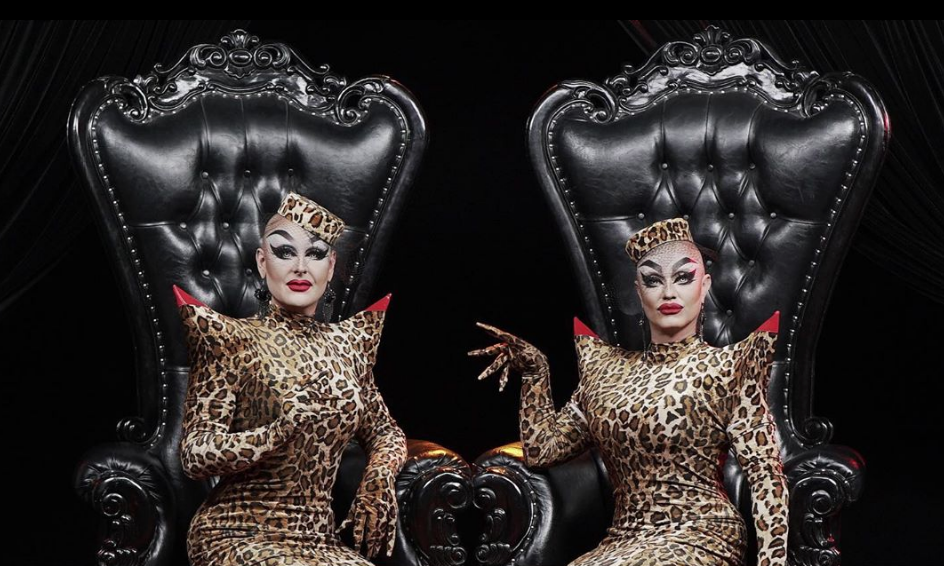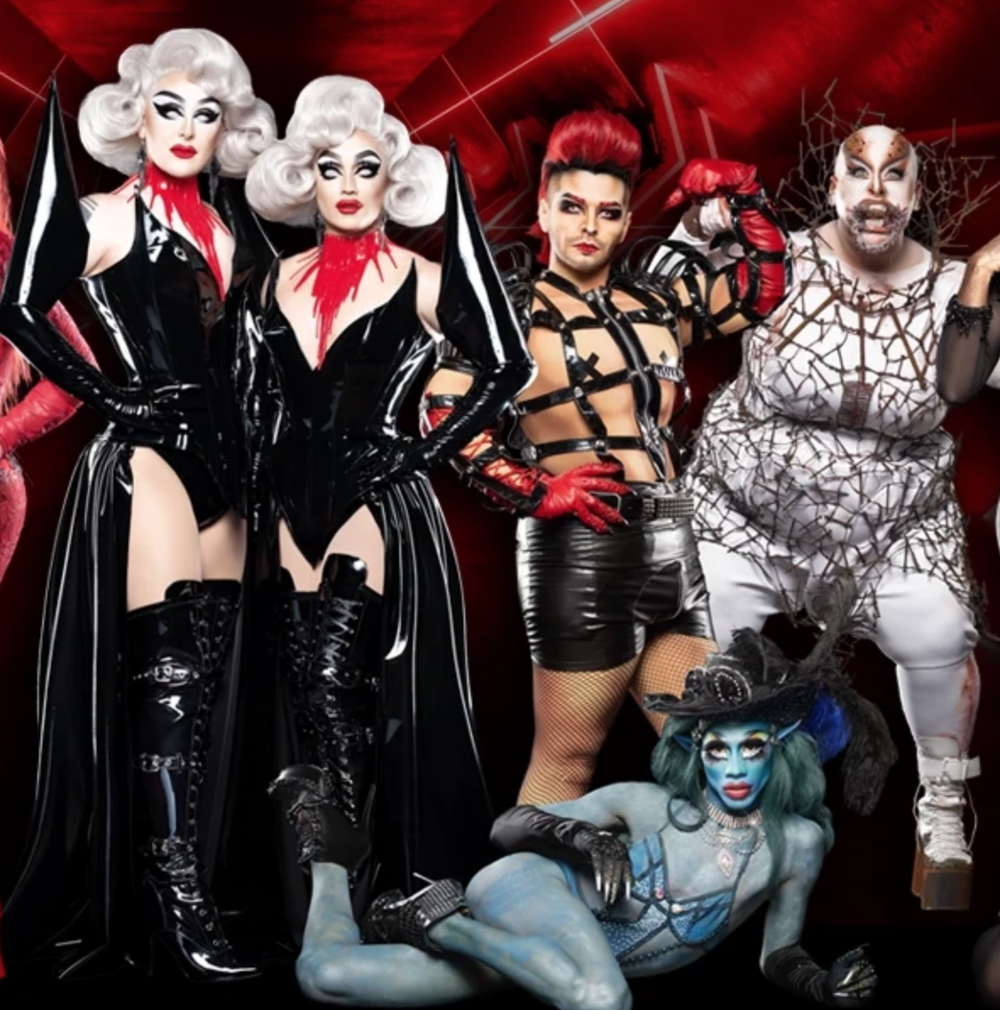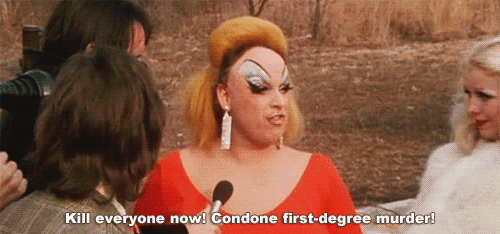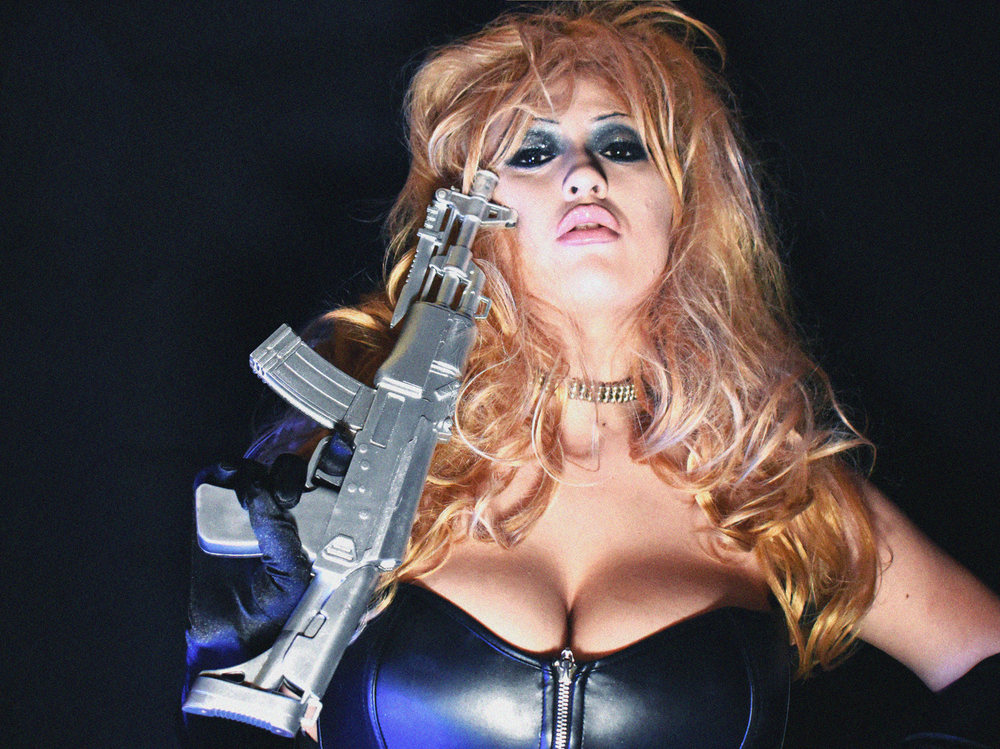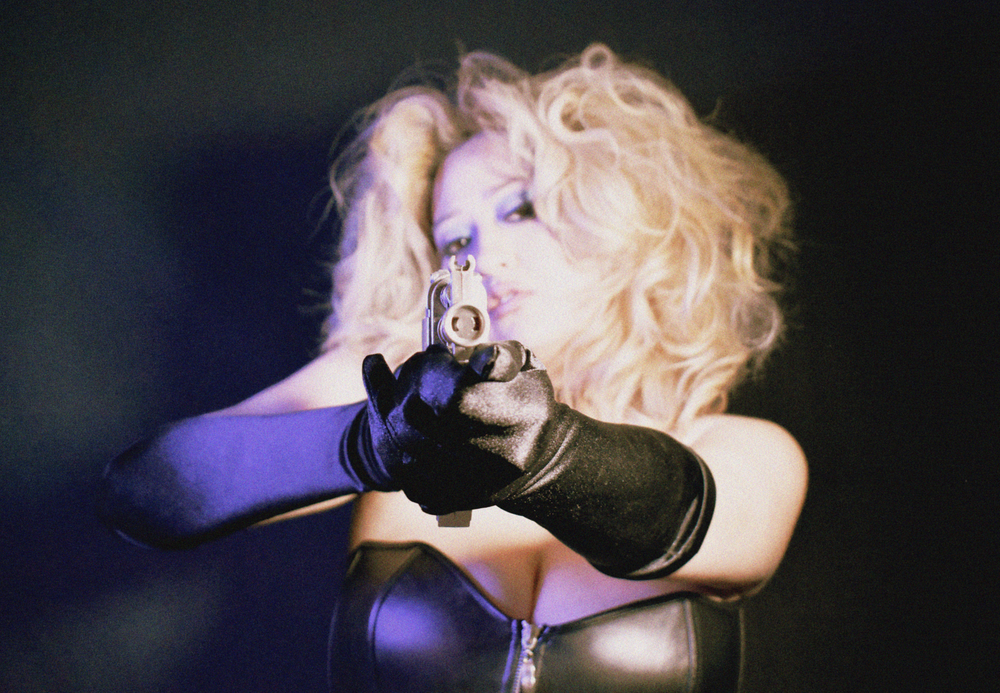![Photo by NaturallyBoudoir.com]()
Photo by NaturallyBoudoir.com
Meeting Royal Tee is not for the faint of heart. She is a beautiful (both inside and out) burlesque performer who is well-known in the City of Atlanta - and beyond. While she is, she admits, both femme-and-straight-presenting, she is unapologetically queer - another trait that makes being in her presence disarming.
My own personal story of meeting her involved a workshop at Dad’s Garage in Atlanta, where I’m an improviser. My goal for taking the class was to push myself outside of my comfort zone, and taking a burlesque class was the way to do it. When I walked in and saw Royal Tee, my first thought was, “This makes sense.”
Royal Tee exudes confidence and grace. She embodies the very essence of what burlesque is - you can see it in the way she moves, whether she’s dancing or not. In her classes, she stresses that burlesque and stripping are two different art forms, and that burlesque is more about the “tease” - though stripping can certainly be about that as well. She is knowledgeable about the history of burlesque, and her entire face lights up when she starts delving into how burlesque is truly a global phenomenon that’s affected large parts of society. She’s mesmerizing to watch both on and offstage, and we had the pleasure of sitting down with her to talk about, well, pleasure.
Tell us a bit about who you are, and what you do.
![IMG-0767.JPG]()
I started taking ballet and tap as a two-year-old. I came out of the womb dancing. I was a dancer my entire life, even through college as I studied musical theatre. In college, I was always pigeon-holed as a dance captain or an ensemble member. I enjoyed it but wanted more. Being in an ensemble in a theatre production wasn’t really where I wanted to spend my life. It was hard to live in the shadows of the tall, skinny, pretty girls.
I’ve always been chubby and thick. I’ve always gotten called fat. And I always wanted to be in control, but my entire life, I never had control. I was a people-pleaser. It wasn’t until I moved to Chicago that I started doing burlesque.
Now, I’m a burlesque performer, producer, instructor, and advocate. Within those fields, I’m trying to present art that is new, fresh, exciting, inclusive, and queer. My goal at the end of every show is that I want the audience to leave wanting more. My tagline is, “Prepare to be royally teased.”
With burlesque, I have the power. I’m in a power position. I can be evil and also heroic. I really believe in what I’m doing, and I never feel like I’m kissing anyone’s ass.
How do you work a queer narrative into your art?
I definitely feel more relaxed in a queer space. I think it’s super validating to perform for your [queer] family. It’s exciting and fun, and it kind of fills that cup up. It’s important for me to have the ability to educate people on using the correct pronouns and supporting queer art in general. Coming to shows. Consuming live art. I think once a lot of people are there, they’ve learned something. That’s something they can take with them later.
I sometimes feel like my identity is all over the place. As someone who on the daily presents as femme (and most of my art presents as femme and straight), I make it a point to let the emcee of a show know that this is a queer performance. My intention behind my creation and performance is queer-directed. I may not always perform to a queer song or have a queer message, but the intent behind what I do is to be queer.
I do that, too, when I’m producing. It’s important to have diversity and to allow people to create within a safe space. It’s hard to do in Atlanta, because we don’t have a burlesque theatre. This hasn’t happened in Atlanta, but in Chicago, some people would come into shows expecting one thing and getting something completely different.
What I love about burlesque is that most of the time when you’re watching burlesque, you’re going to be watching someone who is queer. Sometimes people are fully straight or monogamous. But burlesque allows people to expand. We do have a lot of queer people. We do have a lot of poly people. We are so comfortable within our own existence. You’re going see at least a few queer performers. I wish people knew that. I wish people knew that they could support that. It’s available for them to support. Even in the queer community - I would love for more queer outlets to support the burlesque scene. I think sometimes burlesque is seen as too much or not enough. I feel a little sad when I see a drag show without a burlesque performer on it. I do make it a point to reach out and say, “Let me know if you want some queer burlesque.” If I’m traveling to another city and people see burlesque and love burlesque, they might want to see more burlesque. I want to grassroots begin a venue that is catering to providing space to burlesque performers in Atlanta. Getting the bug in people’s ear that this is something desperately needed. We need more venues. This is all of Atlanta. We need more space to create. We should eventually have an Atlanta burlesque festival. I want people to know that we exist. There’s so much burlesque in Atlanta now.
![IMG-1849.JPG]()
Tell us your favorite burlesque story.
My first time ever performing a solo was in Chicago. I created it from the ground up. Before that, I had performed in scripted shows or performed a choreographed dance, but it was always the vision of someone else. I performed this show on Halloween. I performed as Walter White transforming into Heisenberg. It was an oversold show.
I had rehearsed it and worked it into the ground, creating all the moves and concepts. When I walked out, people recognized me as Walter White. People saw that, and they were freaking out. I choreographed it to counts, which was good, because people were shouting the entire time. People started standing up when I pulled the “blue meth” out of my underwear. People were losing their minds.
I came off stage. I had to take a minute - I was crying. I was on cloud 9 for a week or so. I’ve never been so high from performing. That was the first time I created a character that was solely mine. Those are the moments that make me feel like I can breathe into what I’m doing.
We’re our own worst critic. I want to continue down that path of being unapologetically queer and being unapologetically in this body that I have. Carrying those strings of validation. I feel grateful for those moments. I want to continue to provide those moments and provide space for people who want to experience that, too. That’s why I teach, mentor, choreograph, produce. It’s still a big part of me. It’s important to me as someone who has the privilege to create a space for diversity.
What do you see yourself doing in terms of your career within 10 years?
I recently started doing Draglesque. Within that, I don’t usually lip-sync, but in this act, I do. It’s in a more comedic style. It’s in the comedic style that I originally started doing with burlesque in Chicago.
I had started doing neo-burlesque. Every time I read a piece of burlesque history, I’m like, “Oh! I wanna take that and run with it!” I want to delve back into my comedic, in-your-face, I-don’t-give-a-fuck attitude. I feel really fulfilled by it. It’s the times I feel the least amount of pressure for my body. The entire act is saying, “Go fuck yourself.” It’s an act that represents how I feel about being pigeon-holed into anything. It’s all the things I love that I learned from burlesque. It has tassel-twirling - I love that! I fucking love it - and people love it, too!
![IMG-4408.jpg]()
I have been dying to have a full-on show that is highly curated which is variety that has burlesque undertones throughout the entire piece. I want to incorporate live music, spoken word, drag, burlesque, all the things. Instead of having a set that’s like, emcee, act, emcee, act, I want to give a program. I want to empower femininity in all of its forms, have group routines, have rehearsals together and bond. I want to pay everyone a fuckton of money. I have very specifically envisioned this, and how I want it to look: the lighting, the stage, the audience, their reaction. I want to contribute socioeconomically. how can people create? For the time being, I’m thinking of the things I can do, that I have the time for, that I have the money for.
In 10 years, I would like to travel more. I would like to travel out of the country doing burlesque. I would love to be a part of the burlesque Miss Exotic World Weekender. Everyone in burlesque does this big competition. I would love to be a part of that in any capacity.
I definitely want to have my own space or have a space that is catered to burlesque productions, catered to putting up queer performance art on a nightly basis, and continuing to create space and have a safe space. The cool thing about burlesque is you don’t age out of it.
Plug time! What shows do you have coming up that we can catch you in?
Up next, I’m doing the WUSSY show, Saturday at the Park and Vavianna Vardot’s Halloween Sex Party with Dad’s Garage.
I teach Burlesque 101 at the Atlanta School of Burlesque on Thursdays. It’s more sensual, involves floor work, chair work, but it’s also a workout. It focuses on the basics of burlesque. I always try and make it as accessible as I can. I want to make everyone feel safe in that space.
On Sunday’s at 10:30am for the next five weeks, I’m doing an Ecstatic Movement class. This is a guided free movement meditation - and very helpful for the artist. It’s pay-what-you-can at the studio. It’s focused on five rhythms, or the Movement Method invented by Gabrielle Roth. Your birth is flowing, staccato is your childhood, chaos being your midlife/teenage adolescence. Lyrical is maturity, and stillness is death. That’s in my creation process. Birth of an idea, chaos of idea, adolescence of idea, chaos, and completion.
—
Wanna see Royal Tee for yourself? Catch the Royal Tease Experience this Thursday, October 10th at Buckhead Theatre for Playhouse with Alyssa Edwards! Tickets are available here. Royal Tee will also be at Piedmont Park’s Nissan Stage on Saturday at 5:15pm with the Candybox Review.
Anna Jones is a writer and producer currently based in Atlanta. She is the proud owner of digital copywriting agency Girl.Copy and independent film production company Tiny Park Productions. She loves a lot of stuff, but mainly: her husband, kid, and cat, writing and filmmaking, coffee and Diet Coke, millennial pink, sushi, gay stuff, and horror films.

